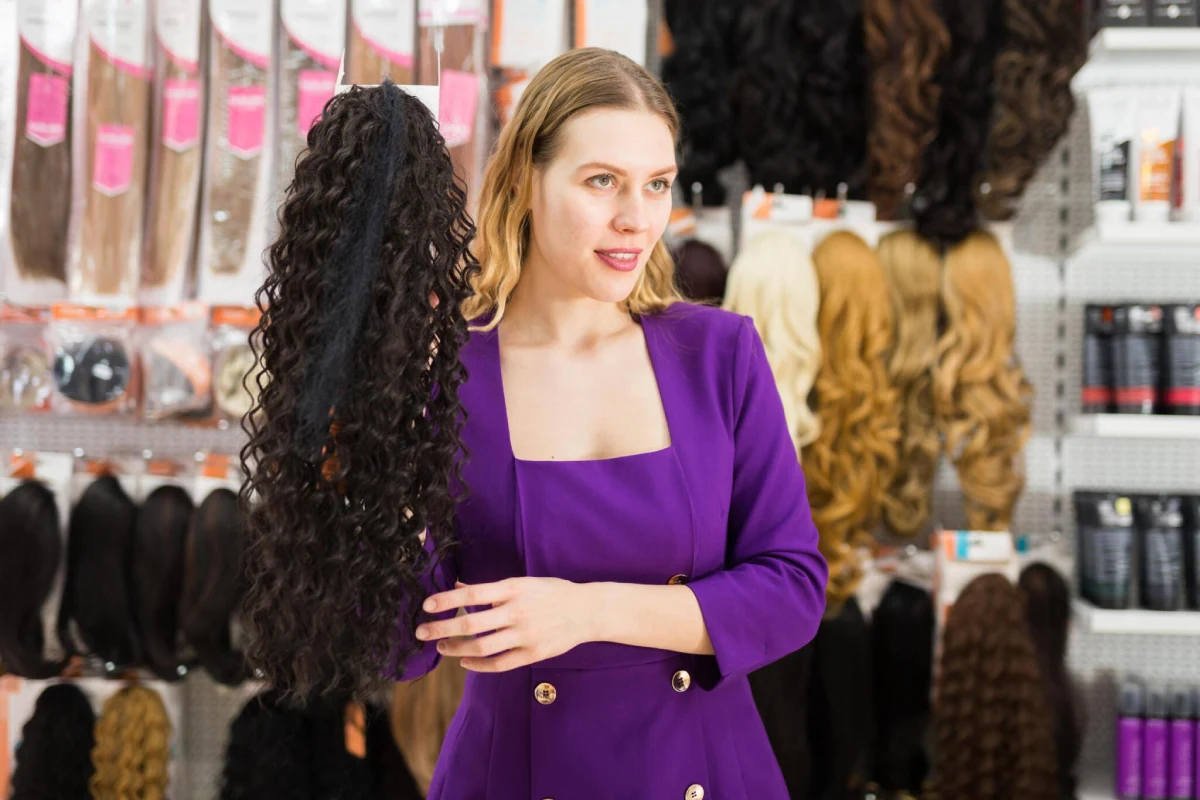In the world of beauty and hairstyling, clip-in hair extensions have become a popular choice for those looking to add length, volume, or even a pop of color to their natural hair. If you’re considering diving into the world of hair extensions, it’s important to understand not only the benefits and usage of clip-ins but also how much you might need to invest in them.
What Are Clip-In Hair Extensions?
Clip-in hair extensions are strands of hair, either synthetic or real, that are attached to small clips. These clips allow you to easily and temporarily attach the extensions to your own hair. Unlike more permanent solutions like sew-ins or tape-ins, clip-ins can be removed and reattached at your convenience, making them a flexible and less committing option.
Benefits of Clip-In Hair Extensions
Easy to Use: One of the biggest draws of clip-in extensions is their ease of use. You can clip them in and out without the need for professional help.
No Long-Term Commitment: Since they’re not permanently attached, you can choose when to wear them. This is great for those who want to change their look for special occasions.
Variety of Styles: Clip-ins come in various lengths, colors, and textures, allowing you to experiment with your look without altering your natural hair.
Less Damage: Unlike some other extension types, clip-ins generally cause less damage to your natural hair, as they don’t require heat or adhesives for attachment.
How Much Do Hair Extensions Cost?
The cost of clip-in hair extensions varies widely, depending on several factors:
Material: Extensions can be made from synthetic hair or real human hair. Synthetic options are typically cheaper, ranging from $20 to $100, but they may not blend as seamlessly with your natural hair or offer the same styling versatility. Human hair extensions, on the other hand, can range from $100 to over $500 but offer a more natural look and can be styled just like your own hair.
Quality and Brand: Higher-quality extensions, often labeled ‘Remy’ hair, maintain the hair cuticles and align them in one direction, creating a more natural look and preventing tangling. These will be pricier than lower-quality alternatives. Brand reputation can also play a role in pricing.
Length and Volume: Longer and fuller extensions will cost more. Prices increase with the length of the hair and the amount of hair in the set.
Color and Style: Specialty colors and textures can also affect the price. Natural colors are typically less expensive than unique shades or styles like balayage or ombre.
Additional Costs to Consider
Maintenance Products: To keep your extensions in good condition, you may need to invest in specific shampoos, conditioners, and storage options.
Styling Tools: If you choose human hair extensions, you might need heat styling tools to blend them seamlessly with your natural hair.
Conclusion
Clip-in hair extensions offer a versatile and relatively easy way to change your hairstyle without a long-term commitment or damage to your natural hair. While the initial cost can vary greatly, it’s important to consider the type of material, quality, length, and style you desire to find the best option for your budget and needs. Remember, investing in higher quality extensions can offer a more natural look and a longer lifespan, potentially saving you money in the long run.




